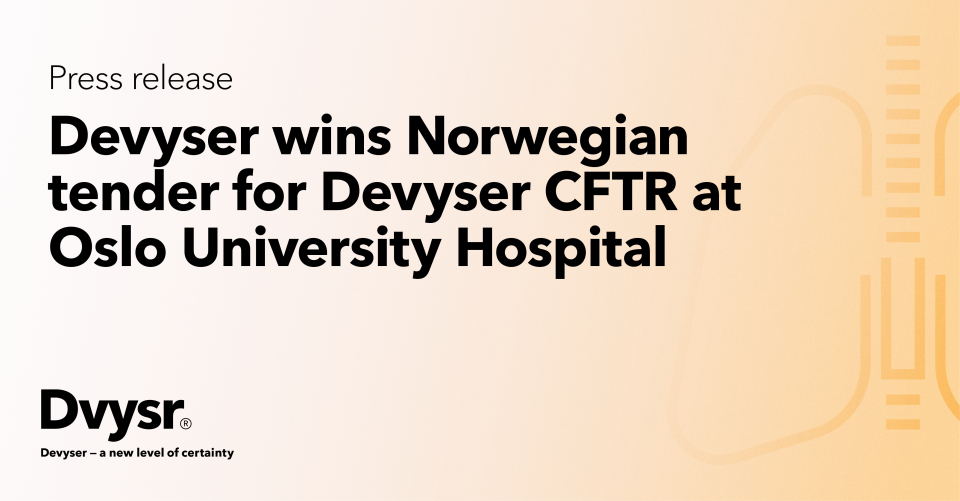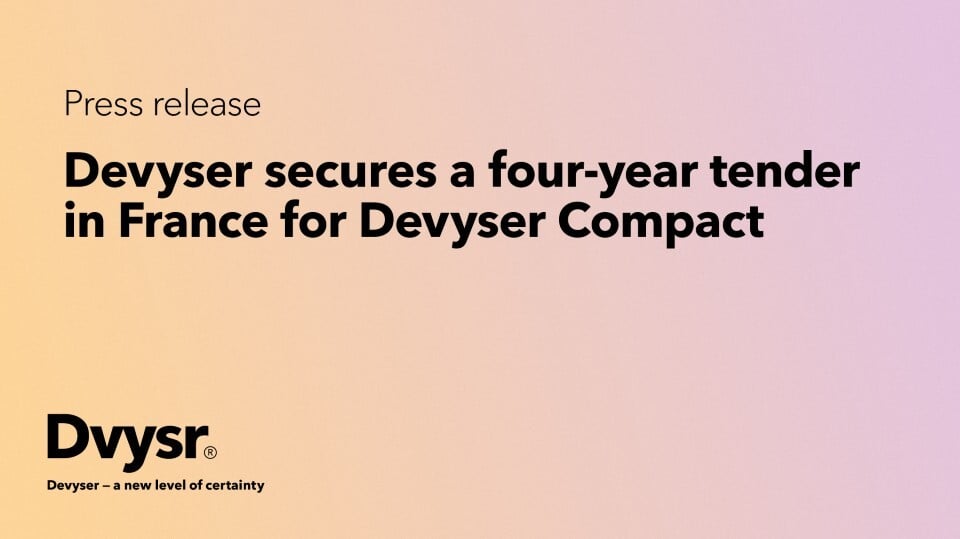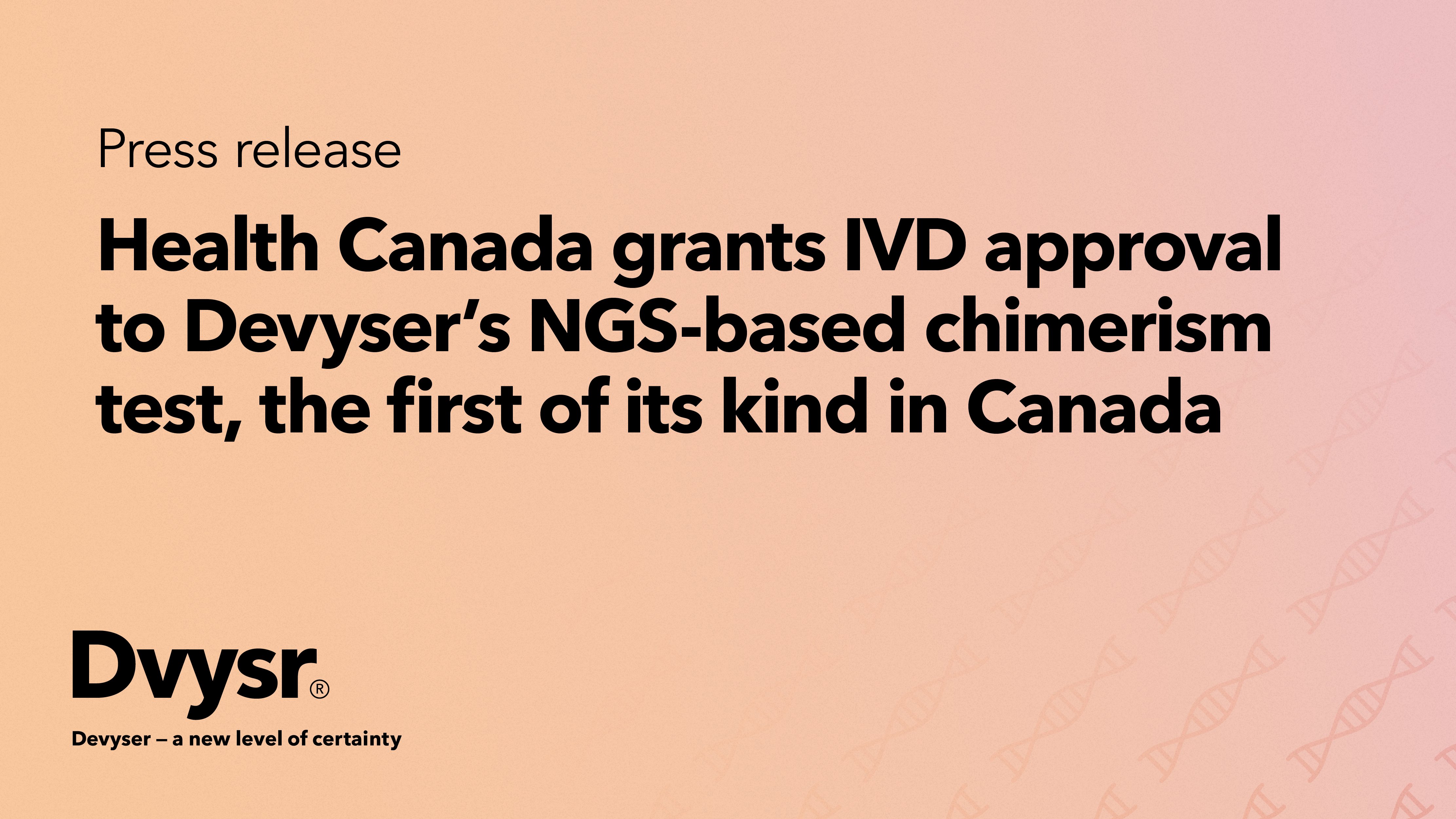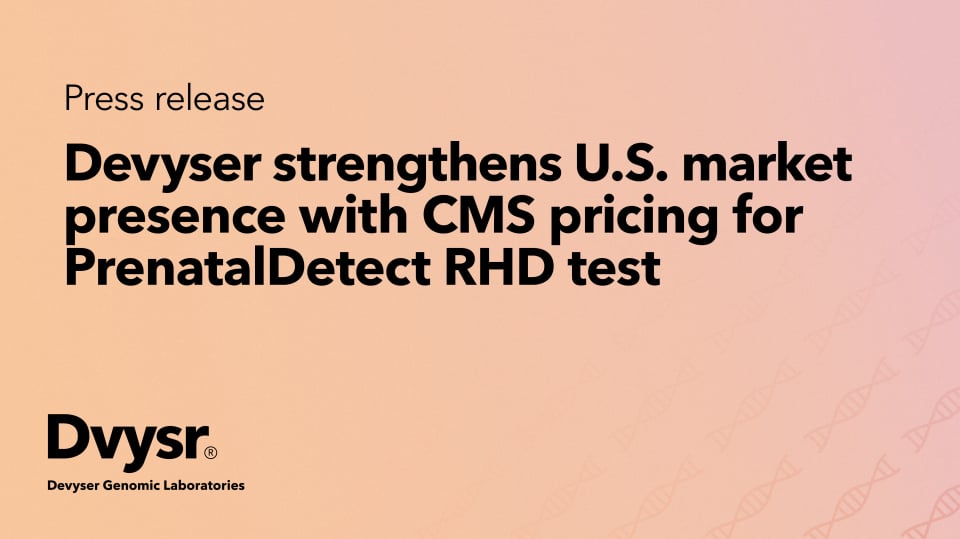Devyser wins Norwegian tender for Devyser CFTR at Oslo University Hospital
Devyser is proud to announce that the company has been awarded a tender by Oslo University Hospital...
Get the answers you need—quickly and easily. From product details to lab procedures and technical guidance, you'll find it all here. If you don't see your question listed or need more information, kindly contact our technical support team at techsupport@devyser.com.
Handbooks are the protocols for the Research Use Only (RUO) version of our kits. These documents can be freely downloaded from our website in the respective product page (scroll down until the ‘Downloads’ section and select ‘Guidelines and handbooks’ to find the download link).
Instructions for use (IFU) are the protocols for the IVD-versions of our kits. To download an IFU, you will need an access code that is printed on the box label, like in the figure below. In the ‘Downloads’ section under ‘Instructions for use’, you can enter the access code and click ‘Get Files’ to download the IFU.

As stated in our IFUs and handbooks, we advise against aliquoting the activated mix, because this can decrease stability and lead to suboptimal results as observed by our R&D team.
General
Depending on the application and demand, different sample types and DNA extraction methods have been tested and validated for our kits. Other sample types and methods might be compatible, but users must do their own validation. For the most current and complete list, please see the ‘Sample Requirements’ section in the respective handbook or IFU for each kit currently available on our website. If in doubt, please contact techsupport@devyser.com
General
We have tested and validated different PCR instruments depending on the specific kit. Please refer to the ‘Materials and equipment’ section in the currently available IFU or handbook on our website for the recommended instruments. Additionally, please check the respective product page for available addendums for new instruments.
General
Please consult our coverage calculators, which can be found on our website.
NGS
Pooling libraries of different Devyser kits must be validated by users according to their standards and processes. Please contact techsupport@devyser.com if you have questions.
NGS
Libraries generated from germline samples can be pooled prior to purification. In contrast, libraries from somatic samples should be purified separately before being pooled. For more information on how to pool and clean up somatic samples, please see our Technical Note here.
If you want to combine germline and somatic libraries, please use our Devyser Sequence Coverage Calculator to obtain the volumes to spike in from both the somatic and germline normalized library pools.
NGS
This information can be found in the respective kit IFU or handbook under the ´Illumina sequencing ´ section. Please refer to the IFUs and handbooks currently available on our website for the latest version.
NGS
The Devyser Library Clean kit is used in the purification step of our NGS kits. The number of library pool purifications that can be performed differs depending on the NGS kit as described in the ‘Instructions for use’ section of the IFU and handbook. Please note that one library pool can contain up to 96 PCR2 libraries (when using Index Plate A).
NGS
Please see the table below for the theoretical average library sizes for each kit. These values are based on the average between the lengths of the amplicons generated during PCR 1 and 2.
|
Kit |
Average length (bp) amplicon PCR1 |
Average length (bp) amplicon PCR2 |
|
Devyser BRCA |
230 |
340 |
|
Devyser BRCA PALB2 |
228 |
338 |
|
Devyser CFTR |
222 |
332 |
|
Devyser FHv2 |
267 |
377 |
|
Devyser THAL |
234 |
344 |
|
Devyser HBOC |
218 |
328 |
|
Devyser LynchFAP |
243 |
353 |
NGS
The recommended concentration for the purified library pool in ng/µl is indicated in the respective IFU or handbook for each kit under the ‘Instructions for use’ section. For the corresponding molar concentration, please use the following equation for calculating together with the theoretical average PCR2 amplicon size of the respective assay.

In general, the recommended minimal coverage per amplicon is 100x for SNV and 200x for CNV for all Devyser NGS assays (except FH v2, Chimerism, and Accept cfDNA). For all assays, the respective IFU or handbook converts this to a minimal coverage per sample, as per the Devyser Sequence Coverage Calculator. This online tool also assists in planning the sequencing run, namely the number of samples that fit on a given Illumina sequencing instrument and flowcell.
NGS
Clustering issues with Illumina runs are generally due to incorrect loading concentration of sequencing libraries. However, other reasons could include:
It is important to consider that under-clustering is normally preferable to over-clustering, as it affects data quantity than quality (except on MiniSeq). If in doubt, or when first optimizing the assay, please aim for the lower end of the recommended loading concentration as stated in our IFUs and handbooks to avoid over-clustering.
NGS
The same number of analyses can be performed as tests purchased (i.e., number of reactions in a kit or kits). For example, if a 24-test kit is purchased, you can perform 24 analyses with our software.
NGS
Please ensure that you have a stable internet connection and that the FASTQ files are stored locally. Make sure the software is installed locally and not on a server. If the issue persists after one re-upload attempt, please contact techsupport@devyser.com
NGS
To request access to the Amplicon Suite software, please contact your local sales representative (please find also the list of our distributors here). Our team will contact you with installation instructions and account credentials.
NGS
You can check the version you are currently using in the ‘About’ tab in the Amplicon Suite software. If there is an update available, you will normally be prompted to update when starting the software. Also, there is always a notification in the ‘News’ tab when a new version is released. There, you can see the update details, namely the release notes.
NGS
Yes, multiple users can simultaneously access the same account with the same login credentials.
NGS
Yes. Devyser Fragment Analysis kits have been validated with GeneMapper versions 4, 5, and 6. The settings files can be found on ‘Software settings’ in the ‘Downloads’ section in the respective product page on our website. For other versions, please contact techsupport@devyser.com
Fragment analysis
There could be several causes, for further assistance please refer to our troubleshooting guide and the respective IFU.
Fragment analysis
If you experience crosstalk, please reduce the DNA input if the signals seem too high, and if the issue persists, redo spectral calibration and ensure that the calibration passes. For further assistance, please learn more in our troubleshooting guide.
Fragment analysisNews | June 26, 2025
Devyser launches Devyser HLA Loss: A high-precision NGS assay for post-transplant researchNews | October 29, 2024
Devyser seeks to secure FDA approval for NGS test for kidney transplant monitoringNews | October 28, 2024
Devyser Compact achieves Class III approval in China
Devyser is proud to announce that the company has been awarded a tender by Oslo University Hospital...
Read More

Devyser, a leading provider of advanced genetic testing solutions, has been awarded a new tender in...
Read More

Devyser is proud to announce that One Lambda Devyser Chimerism and Advyser Chimerism have been...
Read More

Devyser today announced that the Centers for Medicare & Medicaid Services (CMS) has issued its...
Read More